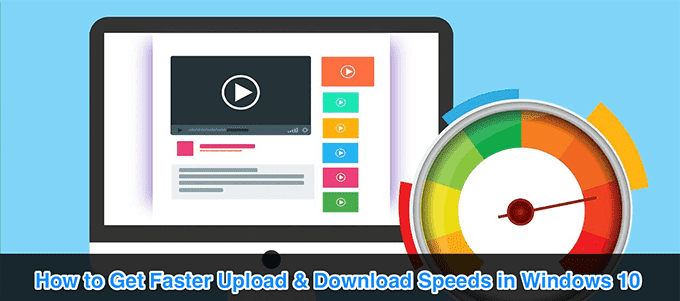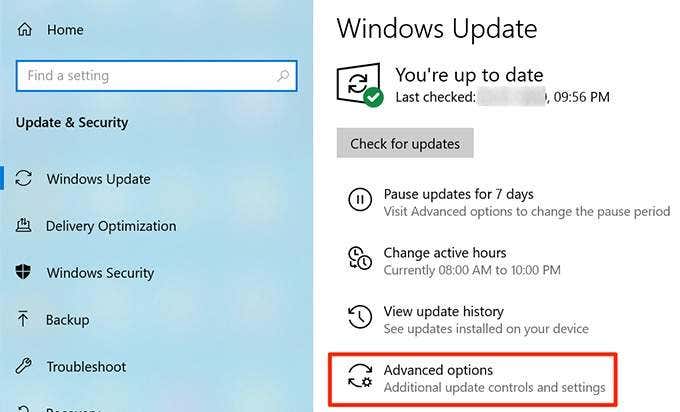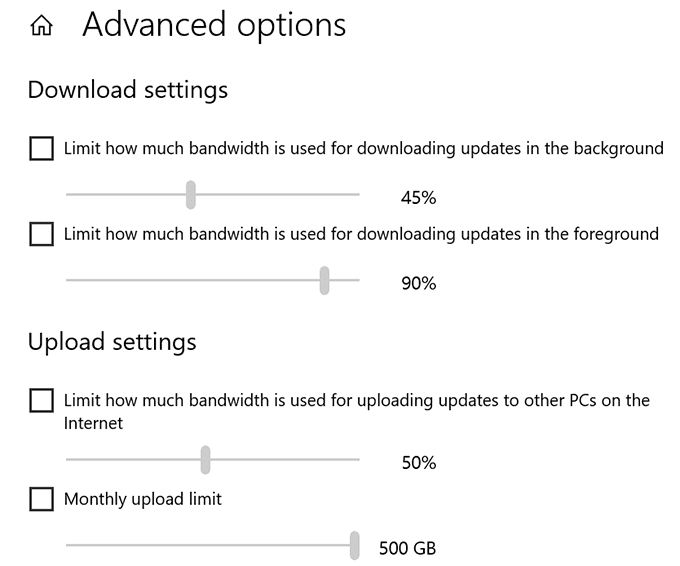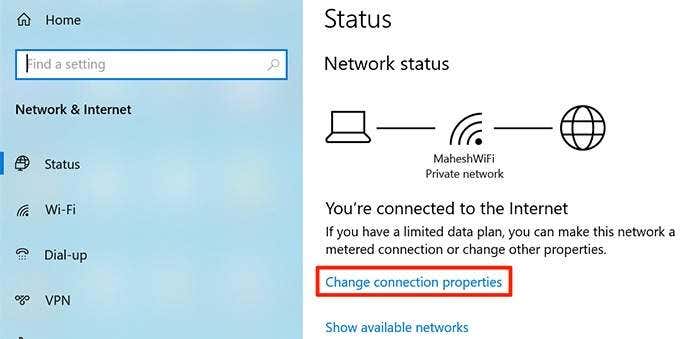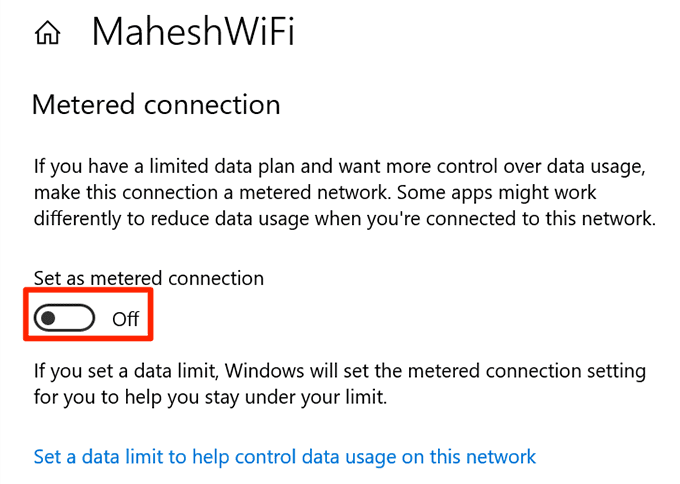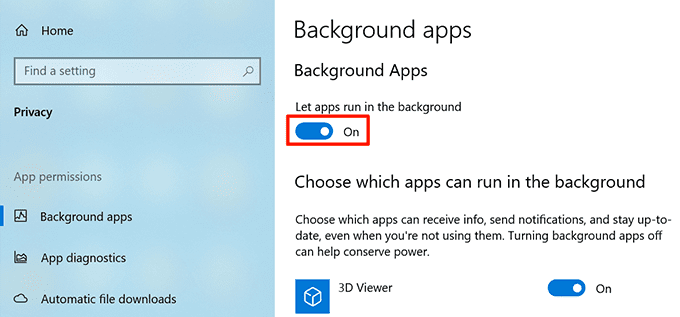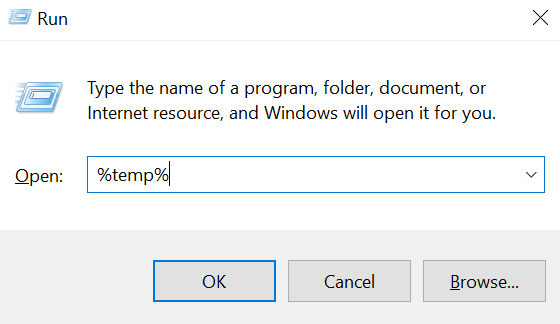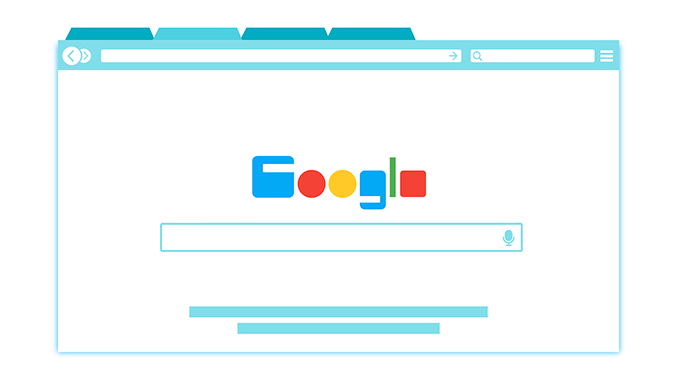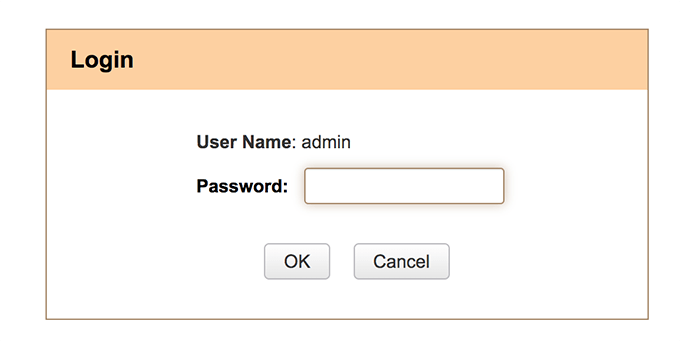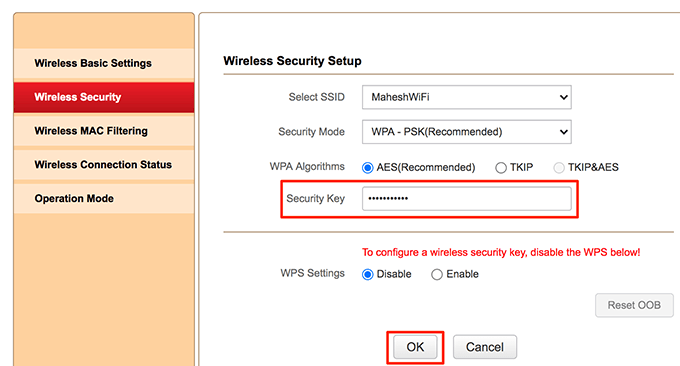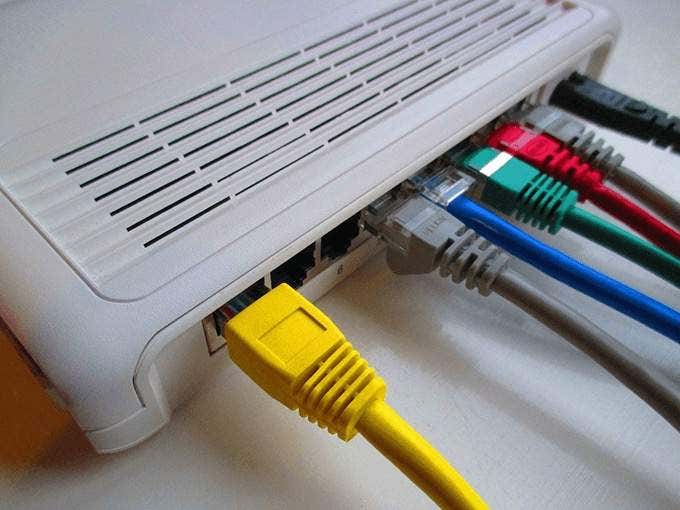You can modify all these options yourself without any assistance from your Internet service provider (ISP). If you prefer a video, check out our YouTube channel where we posted a short video going through some of the recommendations listed in this article:
Change The Bandwidth Limit In Windows 10
Windows 10 uses a certain amount of your bandwidth to download updates for the Windows OS and apps. If it uses too much bandwidth, you can add a limit.
Close Apps That Use Too Much Bandwidth
Some apps use your Internet connection to download, upload, and sync files. To improve your download and upload speeds, you should keep these apps closed or disabled when you’re downloading or uploading something. You can find these data-hogging apps in a menu on your Windows 10 PC.
Disable Metered Connection
A metered connection lets you set a cap on your Internet connection’s data usage. If your current connection has this feature enabled, you should disable it to get faster upload and download speeds. Your Internet connection is no longer restricted.
Turn Off Background Applications
Many apps running in the background use your Internet connection. As a result, you get slower download and upload speeds. You can disable the background apps option on your PC. That’ll prevent all your apps from running in the background.
Delete Temporary Files
Too many temporary files can slow down your computer. This can affect your upload and download speeds. You can get rid of these temporary files to boost your upload and download speeds. Removing temporary files won’t affect how your apps function.
Use a Download Manager Program
Most common ways to download and upload files in Windows 10 aren’t speedy enough. There are better and faster ways to upload and download your files. You can use a download manager instead of your default tool to download files. These download managers use multi-threaded downloading which enhances your speeds. For uploading files, you can use the upload tool that the service you’re uploading files to provides. This sometimes provides better upload speeds than a web-based method.
Use Another Web Browser
If your default web browser isn’t downloading files fast enough, you can change your browser to speed-up your downloads. Some browsers aren’t optimized to fully utilize your Internet speed. If you use Chrome, you can switch to Firefox and see if that helps improve your speeds, and so on.
Remove Viruses & Malware From Your PC
One way to get faster upload and download speeds in Windows 10 is to keep your machine free of any viruses and malware. Various viruses can throttle your download and upload speeds. Get a good antivirus program and use it to scan and remove viruses and malware from your PC.
Change Your WiFi Password
It may be that someone knows your WiFi password and is using your connection to download files or stream content. This consumes your Internet bandwidth. As a result, you will experience slower upload and download speeds. One way to kick others off your network is to change your WiFi password. Then don’t share the password with anyone.
Upgrade Your Internet Plan
One last thing you can do to get faster download and upload speeds is to upgrade your current Internet plan. Data plans come with their own speed limits. You should get the plan that’s fast enough for your needs. Reboot your router after the plan is upgraded. You can then enjoy faster upload and download speeds. Are you happy with the download and upload speeds on your Windows 10 PC? Have you ever changed any options to improve your speeds? Let us know in the comments below.
